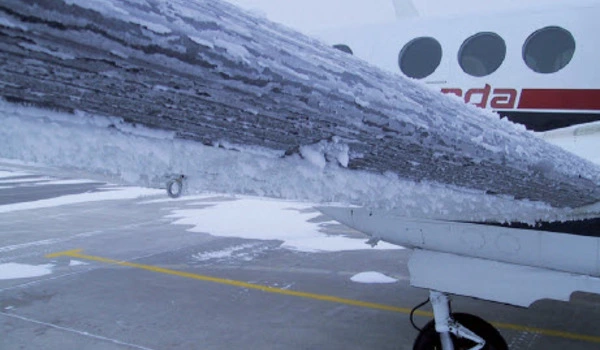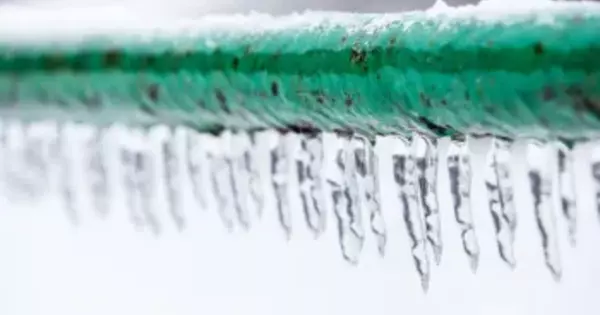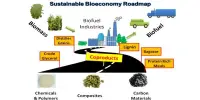There are a number of different ice-shedding coatings that have been developed to prevent the buildup of ice on surfaces. Some of these coatings use materials like silicone, Teflon, and other low-surface-energy substances to create a barrier between the surface and the ice, while others use chemicals or electrical currents to melt or prevent the formation of ice. The effectiveness of these coatings can vary depending on the specific application and environment in which they are used.
A mechanical engineer has developed a sprayable ice-shedding material that is 100 times stronger than any other available. Boeing tested it at 385 miles per hour in erosive rain conditions, and it outperformed current state-of-the-art aerospace coating technologies.
A mechanical engineer at the University of Houston has created a sprayable ice-shedding material that is 100 times stronger than any other. Boeing tested the new durable coating material under erosive rain conditions at 385 miles per hour, and it outperformed current state-of-the-art aerospace coating technologies.
We developed a new concept in which, through material design, you can significantly accelerate the crack formation and growth and easily remove external objects from the surface. This concept is implemented to develop materials that are highly durable, and ice does not attach to these materials.
Hadi Ghasemi
The new “fracture-controlled material” principle is based on the fact that any external solid object must be detached from a surface (such as ice from an airplane wing), and that force will inevitably result in the formation of some cracks at the interface. These cracks or fractures grow until the object is completely detached from the surface.
Detachment can be precisely controlled and accelerated thanks to a new concept developed by Hadi Ghasemi, Cullen Associate Professor of Mechanical Engineering.
“We developed a new concept in which, through material design, you can significantly accelerate the crack formation and growth and easily remove external objects from the surface. This concept is implemented to develop materials that are highly durable, and ice does not attach to these materials,” reports Ghasemi in the cover article of Materials Horizons. Ghasemi’s research team includes his doctoral student, Sina Nazifi. “Fracture-controlled surfaces provide a rich material platform to guide future innovation of materials with minimal adhesion while having very high durability,” said Ghasemi.

A necessary solution
Ice-shedding coatings are used to prevent ice from building up on surfaces such as airplane wings, power lines, and buildings. The effectiveness of these coatings is typically measured by how much ice they can shed before the coating itself is damaged. If a new coating is said to be 100 times stronger than others, it likely means that it can shed a much larger amount of ice before becoming damaged. This could potentially provide significant benefits in terms of safety and cost savings.
From 1990 to 2000, 12% of all weather-related air disasters were due to icing. In the power industry, icing in transmission systems can lead to collapse of poles and towers, rupture of conductors and flashover of insulators.
To combat the dangers of icing, a variety of materials with ice-shedding properties have been developed; however, many of these materials have very low durability, limiting their effectiveness. “The primary challenge in developing ice-shedding materials is finding materials with low ice adhesion as well as good durability,” Ghasemi explained. His new material includes both.
This new fundamental concept of fracture-controlled materials pave the way for material innovations in aerospace, wind energy, and other industrial and commercial applications where icing is a problem. According to the researchers, ice buildup on wind turbines could result in an 80% decrease in power generation, which could be avoided by using these new coating materials.















